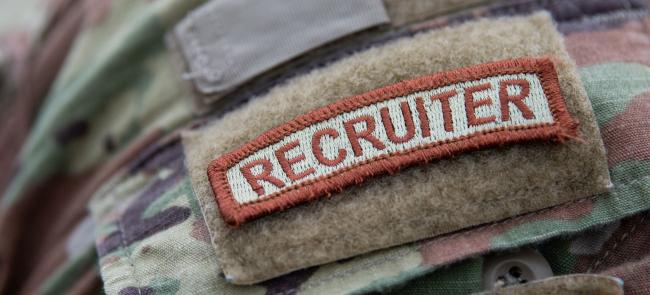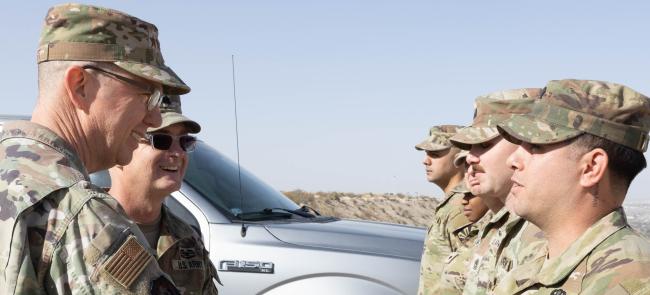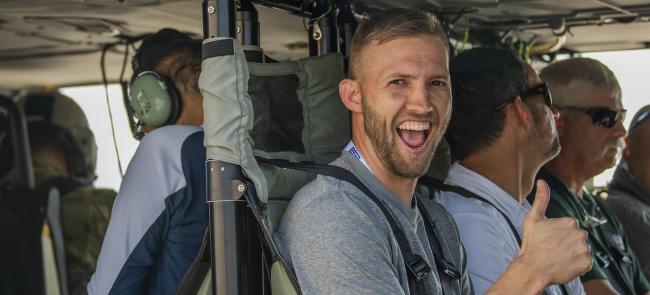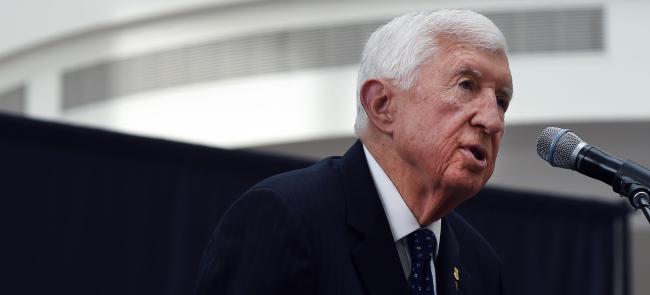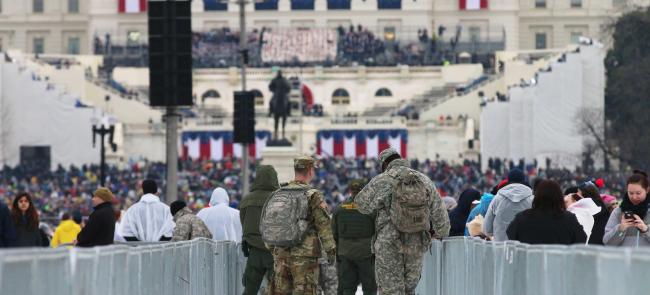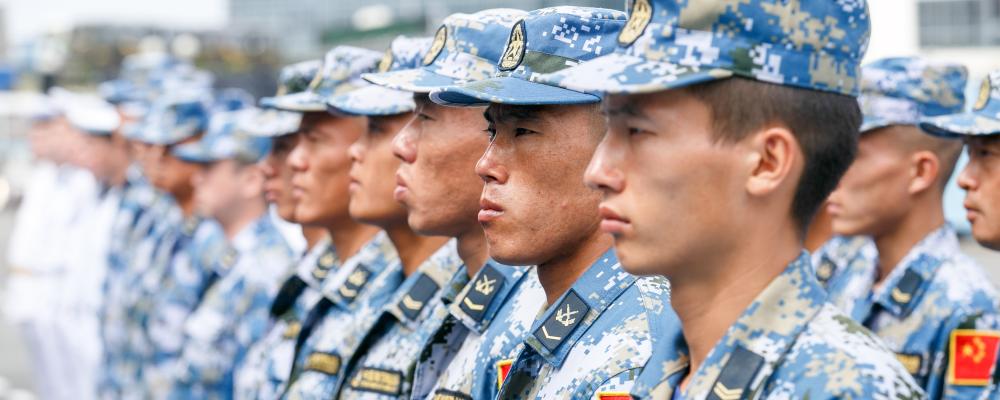
Defense leaders have been crystal clear for years that China is America’s preeminent security concern.
The People’s Liberation Army represents an urgent threat in the Indo-Pacific region and is quickly morphing into a true peer military competitor with the United States around the globe. It has more warships than the U.S. Navy and may soon have more combat aircraft than the U.S. Air Force.
Moreover, according to experts, the quality of China’s stealth aircraft, warships, submarines, and aircraft carriers lags behind only that of the U.S. military's. And in some areas, such as hypersonic missiles, China has surpassed the United States.
But some defense researchers doubt the PLA has the human capital, the structural ability, or the political appetite to fight and defeat the U.S. military in a conventional conflict.
Two new reports from the federally funded RAND Corporation describe a PLA incapable of delegating authority to leaders who can adapt to complex, uncertain situations.
Structure is a big part of China’s problem. In his Jan. 27 paper, “The Chinese Military’s Doubtful Combat Readiness,” senior defense researcher Timothy R. Heath argued that the PLA is fundamentally driven by the imperative to keep the Chinese Communist Party in power, not to fight a war.
By analyzing political, organizational, and other features of China's military, Heath explained how the PLA's focus on political loyalty to the CCP constrains the Chinese military's combat readiness.
Heath further suggested that China's anticipated economic decline will likely intensify the PLA's focus on upholding CCP rule and further reduce any incentive to risk a large-scale, high-intensity war.
“The prospect of a large-scale, high-intensity U.S.-China war is improbable at this point,” Heath said. “If U.S.-China tensions escalate to hostilities, China will face strong incentives to favor indirect methods of fighting over large-scale conventional war.”
How the Chinese public perceives the PLA is another challenge for China’s military.
In their Jan. 30 report, “Factors Shaping the Future of China’s Military,” senior international defense researcher Mark Cozad and senior economist Jennie W. Wenger wrote that the PLA “has struggled to attract top-tier talent, particularly from China’s best universities.”
“China’s economic and social environment will likely limit the PLA’s ability to get the 'right' people in its ranks,” the authors said, “which may force the PLA to rethink its goals and assumptions about modernization, specifically whether it can adopt a Western or quasi-Western operational model.”
Another issue is the declining Chinese population. However, China's youth population will remain more than three times the size of the United States' youth population in the near term, Cozad and Wenger wrote.
— By John Goheen


